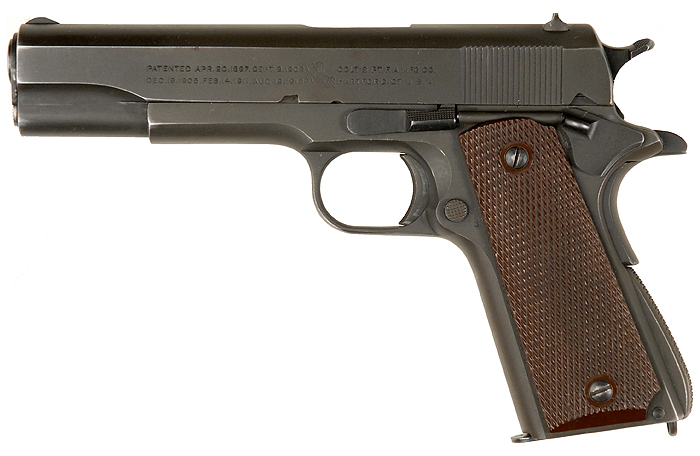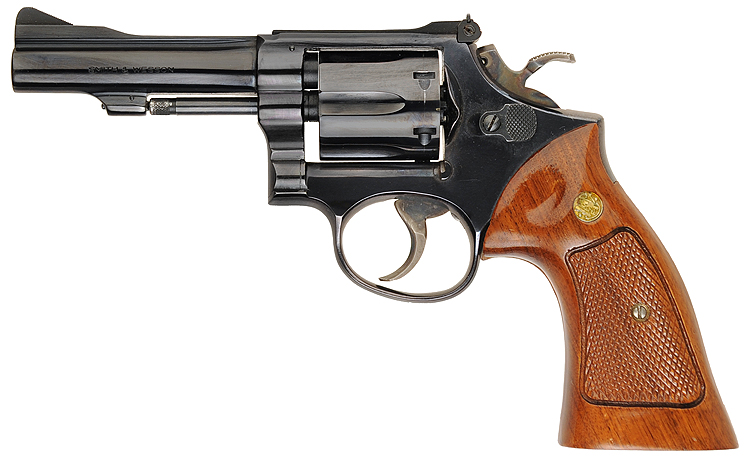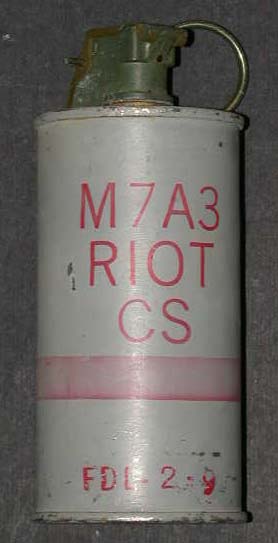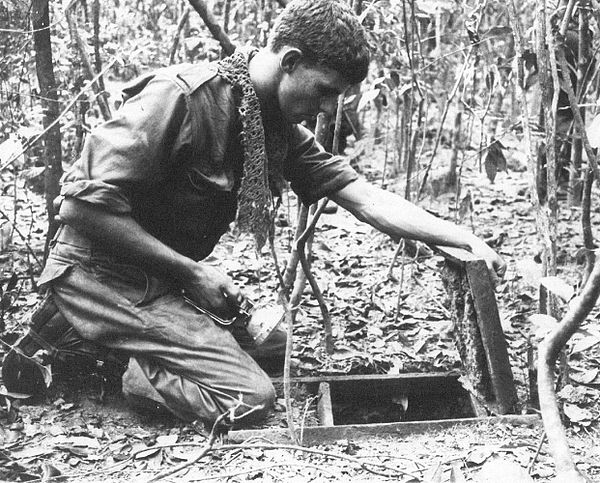Psychic
SENIOR MEMBER

- Joined
- Mar 30, 2015
- Messages
- 3,164
- Reaction score
- 29
- Country
- Location
Tunnel rats
Unofficial patch
Tunnels were used by the Vietnamese in their fight for freedom against the French but were largely expanded when the US forces arrived in Vietnam.
Generally there were two types of tunnels.
1- Expident tunnels
These types of tunnels were not complex and were used to ambush US troops and escape safely after attacking enemy.
2- Complex tunnels
These tunnels covered more area and consisted of rooms, resting places,HQ's, storage places, training centers and hospitals connected to entrances by narrow tunnels. These types of tunnels would also offer good protection against bombs.
Tunnels were used by Viet Cong(VC) to act as staging areas for attacks, ambushes, hiding places and escape routes. At times the VC would vacate tunnels but would come later to resume their activities.
Civilians were also used in construction of tunnels.
Apart from VC or North Vietnamese army(NVA) civilians also inhabited the tunnels including women, children,old along with doctors and nurses.
Diagram explaining tunnel systems
The tunnel systems
Tunnel rat about to enter a tunnel
Originally the tunnels were started during the war against the French, but which were rapidly expanded upon when the American's arrived. They were constructed by volunteer village labourers using simple hoe's and baskets. The Laterite clay in which the tunnels were dug has a dull reddish appearance and dries rock hard during the dry season. During the wet season it is very soft and much easier to work. Because of the very nature of the Laterite clay's ability to dry rock hard it made a very good (if a somewhat difficult substance to work) soil in which to carve out a tunnel.
The passages themselves were not cut in dead straight lines, rather they were made with corners that had between a 60 - degree and a 120 - degree angle to them. In other words the corners were constructed with no less than a 60 - degree angle and no more than a 120 - degree angle. This made shooting in a straight line impossible, and helped to deflect explosive blasts from grenades that might be thrown down.
The tunnel systems (where the water table permitted) had several levels, each level was separated by a watertight trap door which would seal the rest of the system against gas, flooding, etc. The trap doors themselves were virtually undetectable and could fool a person into believing that the tunnel finished in a dead end, when in reality it led into a huge system of other passages. These passages would in turn lead to underground ammo dumps, kitchens, air raid shelters, hospitals, store rooms, workshops, latrines, and even theatres for the performances of political plays.
All the tunnel systems had smaller thin (drain pipe sized) ventilation shafts leading from the surface down to the 1st level. These vents were constructed with an oblique angle so as to prevent the monsoon rains flooding the system. Vents were placed so as to face east and the light of a new day, whilst others were placed toward the wind so as to provide a constant cooling draught. Despite these efforts the tunnels were still hot, dark, and claustrophobic, even at the best of times.
The VC also dragged the bodies of their dead comrades underground in order to inter them in temporary graves when it became impossible to bury them above ground due to the presence of American/Australian troops. Once they had been dragged underground they were buried in the foetus position in the tunnel walls and covered with a thin layer of clay.
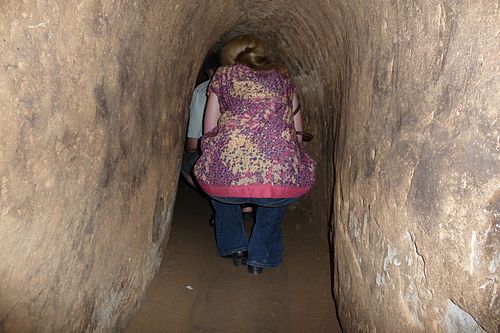
Tourist moving through a pathway in Vietnamese tunnel
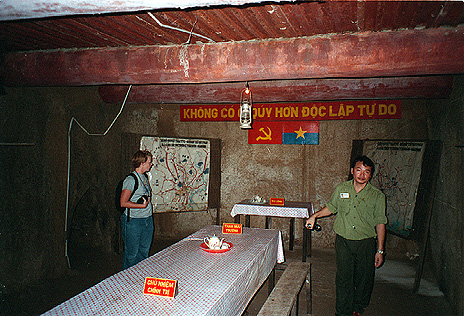
Tourists inside Chu Chi tunnel command centre
A detected tunnel would be denied to the enemy. Generally 3 methods of tunnel denial were practiced by US forces.
1- Immediate denial.
In this method, tear gas (CS) would be forced inside a tunnel by grenades or special pump and entrances would be sealed. After some time, the people inside would be forced to come out.
The drawback was that some times tunnels had separate sections within them sealed separately by trap doors and the complex construction of tunnels.
However it was effective method to deal with simple tunnels.
2- Partial denial.
In this method, the tunnel entrances would be sealed by C4 explosives or grenades.
The drawback was that there were several entrances and one could not detect all entrances of a tunnel for sure.
3- Total destruction
In this method, men would be sent inside to recover Intel and arms and map the tunnels and then use C4 explosives,TNT's,dynamites or liquid explosives to totally demolish the tunnels. Initially dogs were sent in tunnels but this practice was abandoned after slaughter of dogs at the hands of VC and booby traps.
The men who went inside came to be known as tunnel rats.
The commander would decide the fate of the tunnels after considering the tactical situation.
Origins
The common practice to deny tunnels to the enemy in US forces was to seal the entrances or throw tear gas inside to force the occupants of the tunnels out.
When the US forces started a massive search and destroy operation against VC (Viet Cong) in the Bo Ho woods, Northwest of Saigon, they suffered serious casualties but the enemy usually disappeared when the US forces gave a chase. It then appeared that the VC were using complex tunnel systems for movements and ambushes.
Sergeant Sweetheart Green of the Australian army gave the VC a chase by entering their tunnels.
US soldier prepares to enter a tunnel- op crimp

Australian soldier sitting inside an uncovered tunnel- op crimp

